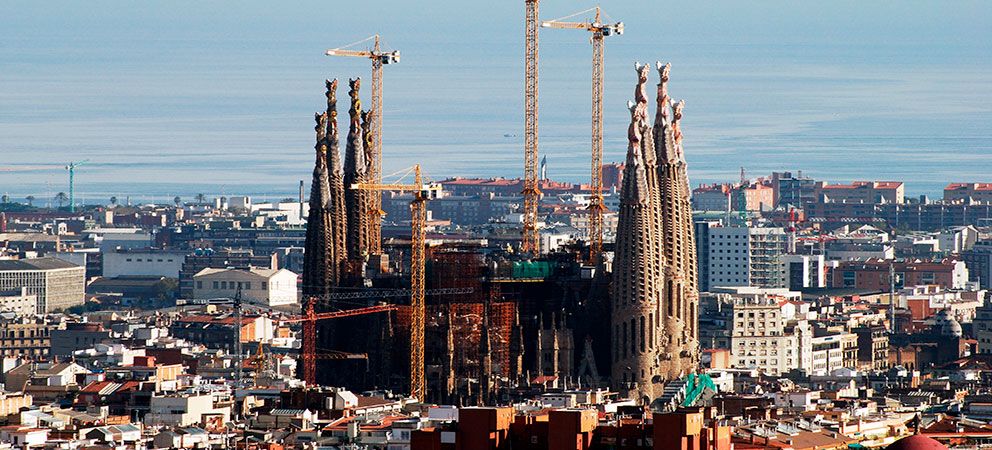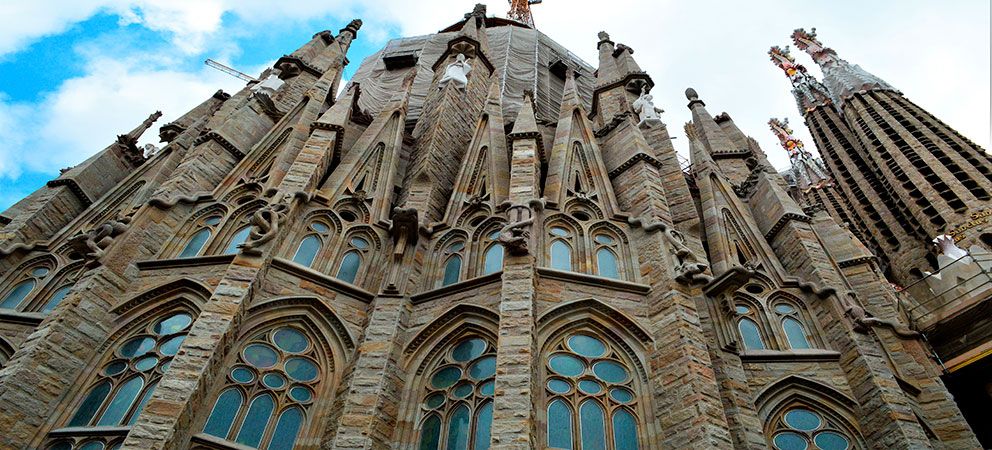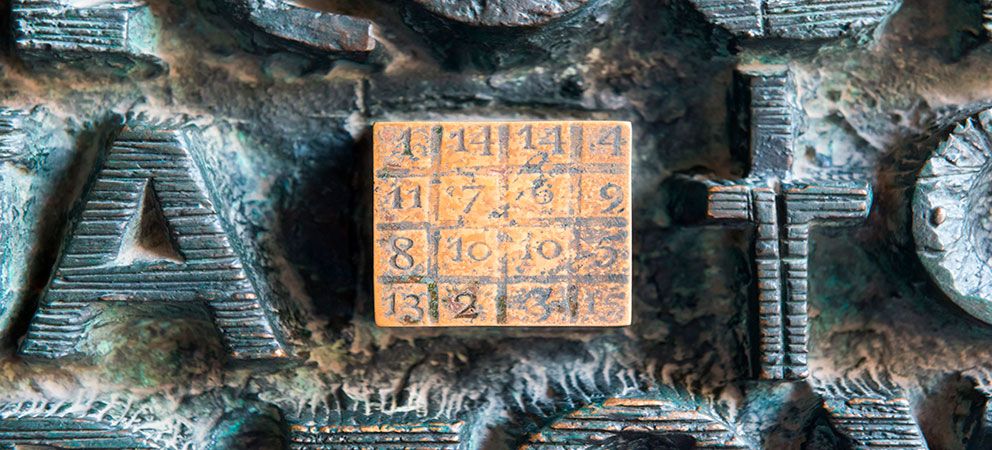© 2021 All rights reserved TRIP AIM
Made in ❤ TripAim
When we speak of the Holy Family we refer to the name that the Catholic Church gave to the family of the Messiah Jesus of Nazareth, made up of Jesus, and his parents Mary and Joseph. The Temple of the Sagrada Familia in Barcelona is the work of the famous architect Antoni Gaudí.

This structure, an icon of Barcelona, is a Catholic temple that bears the official name Temple Expiatori de la Sagrada Familia. The work was started by Gaudí in 1882 and today it remains unfinished, not being an impediment for it to continue being one of the most visited places in all of Barcelona.
It all began when Josep María Bocabella, renowned bookseller, philanthropist and president of the Spiritual Association of Devotees of San Jose, decided to buy a plot of land in the expansion of Barcelona between the streets of Marina, Provenza, Sardinia and Mallorca. With this purchase, the association aimed to build what we now know as one of the most famous temples of Catholic culture, La Sagrada Familia.
Apparently the first architect who was thought to carry out the project was the deacon Francisco de Paula del Villar y Lozano, who due to disputes and differences with Bocabella would be replaced by Antoni Gaudí.

The temple is organic in style, imitating the forms of nature, where strategically captured geometric shapes are also present. On the inside, the aim is for it to look like a forest, with a conglomeration of reclining leafy columns, creating a simple and resistant structure.
The construction shows great advances in structural engineering, using geometry so that the structures stand naturally. Employing mainly architectural forms such as the helicoid that is used in spiral staircases and the hyperboloid when the hyperbolas rotate on one of their axes.
The holy family consists of three facades, the Nativity, the Passion and the Glory, each representing the three decisive moments in the life of Jesus. Gaudí added to his work a great symbolic content, dedicating to each part of the temple a religious meaning.
When Antoni Gaudí died in 1926, his assistant Doménec Sugrañes took over the project until 1938 and he was succeeded by several architects who continued the work of Gaudí, highlighting among them Josep Maria Subirachs, author of the decoration of the Passion façade. An important fact was that during the Civil War, most of the work was burned and destroyed.
Antoni Gaudí is buried in the crypt of the Sagrada Familia, in the chapel of Nuestra Señora del Carmen. The crypt is located under the apse of the Sagrada Familia.
The forecast is that it will be completed in 2026, coinciding with the commemoration of the centenary of Gaudí’s death.

Since its construction it has been a sign of identity of the city of Barcelona, it is a must. Always full of tourists, it is quite common to have to queue to access its interior.
When visiting the La Sagrada Familia Temple you will be contemplating part of the World Heritage “Works of Antoni Gaudí”, included by Unesco in 2005. In addition, in 2007 it was elected one of the Seven Wonders of Catalonia.
Very close to the Sagrada Familia there are also other places of interest, such as La Casa de les Punxes.
Share it:
© 2021 All rights reserved TRIP AIM
Made in ❤ TripAim
This website uses cookies so that we can provide you with the best user experience possible. Cookie information is stored in your browser and performs functions such as recognising you when you return to our website and helping our team to understand which sections of the website you find most interesting and useful.
Strictly Necessary Cookie should be enabled at all times so that we can save your preferences for cookie settings.
If you disable this cookie, we will not be able to save your preferences. This means that every time you visit this website you will need to enable or disable cookies again.
This website uses Google Analytics to collect anonymous information such as the number of visitors to the site, and the most popular pages.
Keeping this cookie enabled helps us to improve our website.
Please enable Strictly Necessary Cookies first so that we can save your preferences!
More information about our Cookie Policy